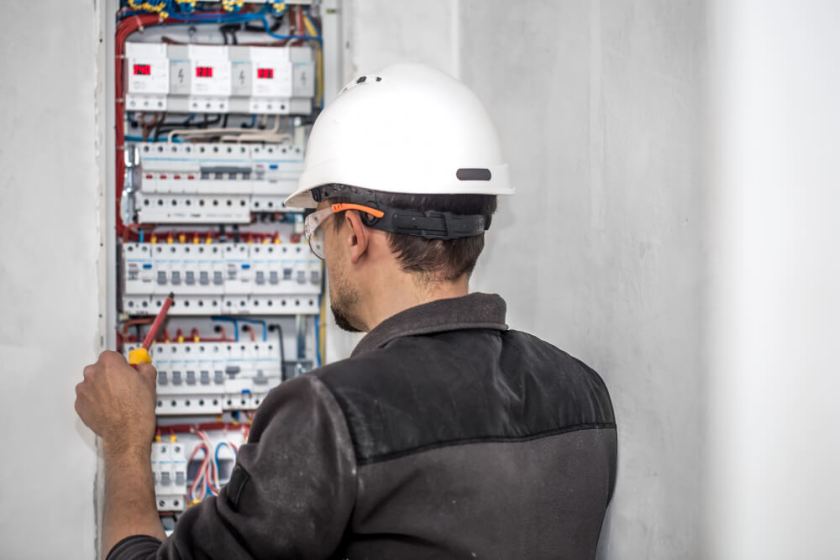Fires and accidents due to electrical risk at the workplace is a common phenomenon in Australia. However, business owners should test and tag their electrical equipment to prevent fires and accidents. So, call in electrical contractors and perform the electrical test and tagging.
But before that, let’s learn more about the testing and tagging of electrical equipment.
What is Testing and Tagging?
Testing and tagging is a procedure of checking whether or not the electrical appliances are safe to employ. Electrical contractors at Adelaide, first, inspect the equipment visually and find the damage, missing parts or any defect. After visual inspection, they conduct tests for weighing their resistance for insulation, polarity and earth continuity. Post that, the equipment is labelled with a safety tag to confirm that they are tested. Along with it, professionals also mention the next due date of testing.
Why testing and tagging your electrical equipment is necessary?
Every employer should adhere to workplace health and safety guidelines. That also includes ensuring the safety of the electrical equipment used. Any wear and tear of the equipment can put the lives of employers at risk. Also, it’s one of the approaches to managing the health and safety risks in Regulation 147. That’s where testing and tagging will help you. Regular testing can detect faults early and avoid accidents.
Which equipment needs testing and tagging?
Equipment that has a flexible and removable cable needs testing and tagging. Also, the one who has a high voltage (more than 50V) need testing and tagging. Following is the list of that equipment:
- Desktop computers and laptops
- Printers
- Fax machines
- Phones and chargers
- Kitchen appliances
- Power boards
- Extension cables
- Desk lamps
- Vacuum cleaners
- Forklift chargers
- 3 phase electrical device
- RCDs
Typically, these equipment and appliances are categorised under two classes as mentioned below:
Class I – Unearthed appliances like toasters, irons and kettles
Class II – Appliances that are double insulated and symbolised as ‘double insulated’
What can conduct testing and tagging?
Testing and tagging are conducted by a licensed and qualified team of electricians. The team should be competent enough to test and tag the electrical equipment. In Australia, such professionals first need to undertake a course of testing and tagging wherein they learn about the process and PAT tester.
After they are certified, the individual will be liable to conduct testing and tagging of electrical equipment. After that, all they have to do is stay up-to-date with the latest information related to it.
What can you expect from testing and tagging services?
As mentioned earlier, professionals who have adequate knowledge and experience in this field provide these services. They’ll do the following things in this procedure:
- They’ll come to your premises for visual checking
- Provide you with WHS and electrical safety information and guidelines
- Give information on which safety regulations your company is obliged and how can you achieve it
- Answers all your queries related to electrical safety
- Confer about and give timeframes for testing and tagging
- Conduct the testing and tagging of electrical equipment, including RCD (Residual Current Device) testing
- Schedule the re-testing of equipment if needed
- Provide detailed report on the testing of the electrical equipment
How often should the equipment be tested and tagged?
It’s recommended to test and tag depending on the type of environment in which the equipment stays. That means company to company, frequencies of testing and tagging might differ. It’s best to consult the team of experts on the same.
The work involving electrical equipment is hazardous. Proper handling and maintenance of electrical equipment on a timely basis will make a huge difference. Hopefully, the above information on electrical testing and tagging would have helped to understand your next step. Call in professionals and get your equipment and appliances checked if not yet done.
